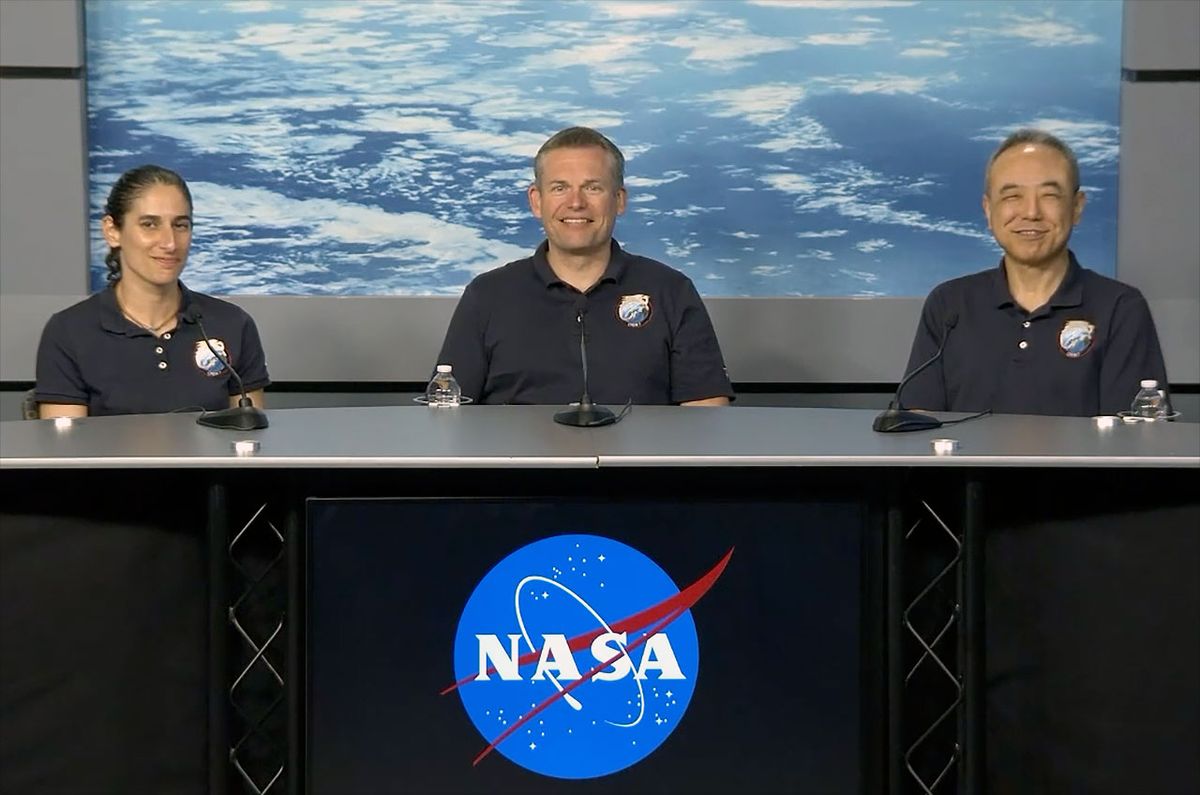NASA’s Lucy Mission Reveals the Age of Asteroid Selam
During the NASA Lucy mission’s encounter with the near-Earth asteroid Dinkinesh, a new discovery came to light – the presence of a moonlet now known as Selam. Researchers have recently determined the age of Selam, shedding light on its origins and shedding new insights into the dynamics of asteroid systems.
Early Days for Selam
Based on the findings, scientists estimate that Selam broke away from Dinkinesh a mere 2 to 3 million years ago, making Selam a relatively youthful entity in the vast expanse of our solar system. Colby Merrill, a doctoral student at Cornell University, emphasized the significance of determining the age of asteroids, with Selam’s relatively young age offering valuable insights into its formation process.
Merrill and his team wasted no time in delving into Selam’s orbital patterns and constructing models to better understand its relationship with Dinkinesh. The prevalent theory suggested that Selam was composed of ejected material from its larger companion, thus paving the way for estimating its age through sophisticated modeling techniques.
A Novel Approach to Dating Asteroids
While traditional asteroid dating methods rely on counting impact craters as a gauge for age, Merrill and colleagues adopted a more innovative strategy. By simulating various scenarios of Selam’s formation from Dinkinesh under different conditions, they were able to pinpoint Selam’s age based on its observed orbit during Lucy’s encounter.
Through a staggering 1 million simulations, the team arrived at a median estimate of 3 million years for Selam’s age, with the most prevalent results hovering around the 2 million-year mark. Should these calculations hold true, Selam could potentially be younger than Australopithecus afarensis, the 3.2-million-year-old ancestral hominid discovered in Ethiopia.
Implications for Future Research
The innovative approach employed by Merrill and his team could revolutionize the dating of other asteroid binary systems in the future. With Dinkinesh representing a fraction of the near-Earth asteroids that exist in binary pairings, understanding Selam’s age will provide crucial insights into the broader population dynamics of such systems.
As the Lucy mission continues its celestial journey, the next stop on its itinerary is the asteroid 52246 Donaldjohanson, set for a visit in 2025. Subsequent flybys of eight Trojan asteroids between 2027 and 2033 will further enrich our understanding of these enigmatic celestial bodies.
The groundbreaking findings from this study were recently published in the prestigious journal Astronomy & Astrophysics, marking a significant advancement in our exploration of asteroid systems within our solar system.
Image/Photo credit: source url





